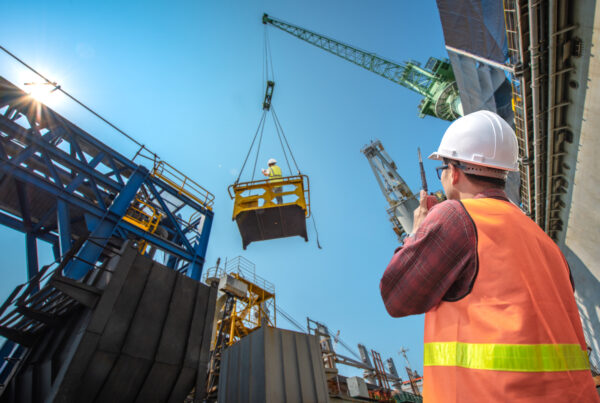Ten years ago, Life Alert infomercials were all over the place. This handy wearable device was designed to inform emergency services if an elderly person was in a crisis. Touted as a revolutionary technology that made older populations safer, Life Alert was just the tip of the iceberg.
Now, sophisticated technology—aka robots—are becoming integral parts of the care teams that exist in assisted living facilities and nursing homes. Memory care centers, independent living facilities, and residential facilities all over Minnesota have started bringing robots onto their care teams. These robots and artificial intelligence technologies are keeping people happy, healthy, and safer in the long term.
But it doesn’t stop there. Facilities that elder residents call home are often understaffed and overpopulated, making it hard to monitor everyone’s well-being and increasing the risk taken on by these facilities. With increased risks, the likelihood of incidents spikes, bringing insurance premiums up too.
Are robots the answer to all these problems? It sounds like it.
Robotic Impact
Robots are changing the lives of elderly populations in Minnesota in so many different ways. When thinking of these person-like technologies as tools, independent living facilities and other care facilities can alleviate some of the pressures put on their staff, creating more time to interact with and care for the residents. Robots can probably do more than you realize. Here are a few ways they’re being used in Minnesota:
Social Interactions and Entertainment
At one facility, a robot dances and tells jokes to entertain the residents, a large portion of whom are in wheelchairs. Not only does the robot offer residents another way to spend their time but it also creates a sense of community. When residents gather around to watch the robot dance, they can share the experience with one another and laugh together, bolstering the sense of community at the facility.
Meal Service
At another senior living facility, a robot serves residents at mealtime and says “Enjoy your meal” as it hands out trays of food. Not only does it bring a bit of joy to the residents but it also gives time back to the staff, allowing them to spend more time caring for residents and planning for the future.
Custodial Duties
Mopping up spills, vacuuming floors, dusting, and general cleaning duties are never-ending tasks in shared living spaces. College dorms and independent living facilities alike have a duty to their residents to ensure clean, livable spaces are prioritized. With robots, cleaning can be done in the background, constantly. Robots can be programmed to handle a wide array of different cleaning tasks, creating a better environment for everyone.
Family Outreach
The use of technology doesn’t have to be overcomplicated. One facility placed iPads periodically in the shared spaces and outside of residents’ apartments. These iPads can be used to help direct residents if they aren’t sure where to find something, but, more importantly, they can be used to connect residents with their loved ones with ease. Families can send photos, messages, and even make video calls, combatting loneliness and isolation.
Wellness Trackers
One of the most cutting-edge employments we are seeing of robots and AI-powered technology is for health monitoring purposes. AI can track each resident’s normal behavior, vital signs, and patterns, and alert staff when something is out of the ordinary. Whether it’s an elevated heart rate or a sensor that noticed a resident fall, these types of devices are saving lives.
Benefits Beyond
For residential communities and elderly facilities, technology can increase care, decrease risk, and reallocate staff duties, but it goes even further. With more tools and devices “on deck” that can help monitor the health of residents, flag incidents, and reduce risks, these facilities will see a reduction in the insurance premiums they pay, too.
If an incident—such as a fall—happens, care facilities might notice an increase in their insurance premiums. However, if they can get ahead of these incidents through the effective use of technology, they’ll save money in the long run. Most major liability insurance claims in this industry are related to health events, and half of those health events are resident falls. If robots can help reduce falls, provide better overall care, and predict health events before they happen, senior living facilities will file fewer insurance claims and see a stark decrease in the cost of liability insurance.
We may not have a full picture of the role that robots and artificial intelligence are going to play in our daily lives in 10 years, but at this point in time, it’s clear that they play a critical role in the safety and happiness of elderly populations as well as in the operational success of the facilities these populations rely on.



